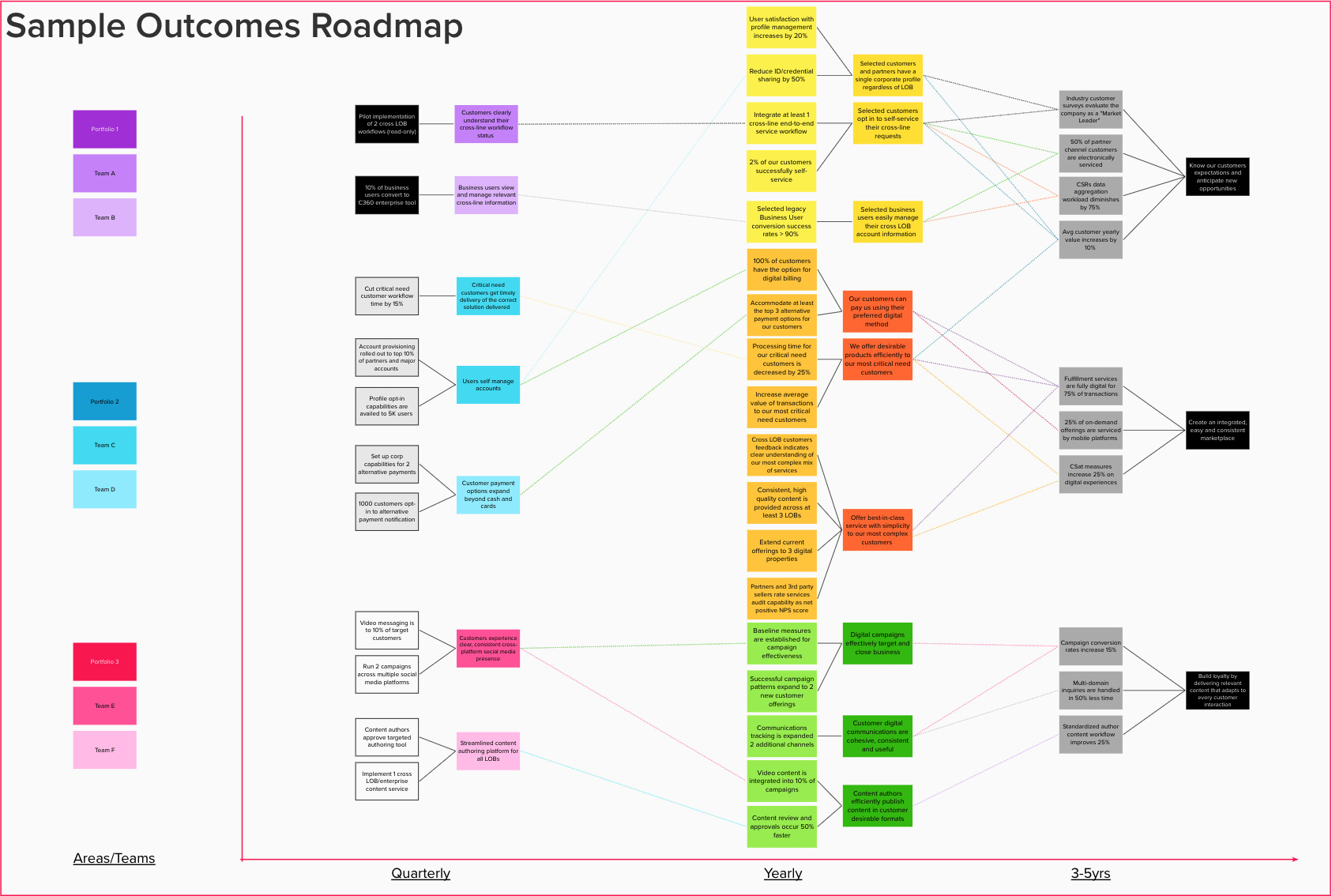Recipe for Unleashing Enterprise Value with Objectives and Key Results (OKRs)
The singular focus of any organization is to provide value to its customers. The closer the alignment of funding and – more importantly – the willpower of the organization to enterprise value, the better the results will be. There are a few immutable ingredients that have to be present in order to achieve this. When you bring these ingredients together, it will result in a truly exquisite dish that will unleash a world of enterprise value. The recipe should be customized to your palette and tweaked as conditions change to find the best balance.
Immutable Ingredients
- People
People should be at the center of everything that an organization does. Our people and how they interact with one another to benefit others is key. The value of each individual in your organization is immeasurable and should be treated as such. Every action should reinforce this point. The leadership challenge remains how to connect every person in the organization to a common aspirational future state for the larger good outside of each individual.
- Trust
It is critical to provide an environment of trust for teams to support their commitment and daily effort. Start by taking the basics off the table – put people in a position to properly care for their loved ones, allow them to to have a sense of ownership over their work by removing obstacles (personal or professional), and encourage them to be the CEO of their own development. We all spend more hours working than doing anything else. Our work is a big part of our identities and we will put in our blood, sweat, and tears into producing results larger than ourselves.
“The most effective method of defining outcomes is Objectives and Key Results (OKRs). This is because the objectives carry one property of a vision: an aspirational future state.”
- Clear Vision and Outcomes
Allow your team to attach their purpose to a common vision and align their efforts to defined outcomes. The most effective method of defining outcomes is Objectives and Key Results (OKRs). This is because the Objectives carry one property of a vision – an aspirational future state. However, with Objectives the overall scope and associated timeframe for the aspirational future state is much shorter. Key Results are derived from the Objectives and are fundamentally measurable.

Combine the Ingredients
- Organize Teams
People + trust = a team. Yes, they trust each other but more importantly they are trusted to align their efforts in contribution to a larger vision and outcomes. Teams generate their own OKRs which are, by definition, more focused in scope and timeframes. Organizational leadership that intentionally structures teams in a value-based model will likely reap higher rewards. One example of this is organizing teams by customer, products, services, and/or desired outcomes.
- Delegate Authority
At this point, we are now seeing an inherent structure to our OKRs that will require empowered and authoritative decisions about how best to align across various areas of the organization. The basic questions here are:
-
-
- Do you have leadership with correct authority placed throughout the organization to allow trusted decision-making with respect to achieving desired future-state outcomes?
- Do they have the system in place to change as quickly as the organization needs?
-
Roles
The following roles represent a model for OKR responsibility at scale. Organizations of lesser scale will use what they need to ensure alignment.
Corporate Strategists
Responsible for collaborating across the organization to find the vision and define longer term OKRs. At this level, OKRs can be thought of as major strategies both linking areas across the organization and providing break-through accomplishments. This could be across business units, portfolios, functional units, etc.
Execution Strategists
Responsible for aligning OKRs for a specific area to corporate OKRs and collaborating with other areas on common OKRs. This would notionally be within a business unit, portfolio, functional unit, etc.
Teams
Responsible for aligning OKRs for their team to area OKRs and possibly other areas. This could be a team in a team of teams model in which case an aggregation of team OKRs would serve as the team of teams alignment.
- Set a Cadence
Setting a cadence reinforces area and team feedback cycles when scaling OKRs in an enterprise environment. It also makes certain that intentional synchronization occurs with interested parties. Many organizations of course already have a very defined cadence. For example, yearly, quarterly, monthly, etc. There are some key questions to answer when establishing cadence:
-
-
- How quickly do you need to produce measurable results associated with your OKRs?
- How often should your organization synchronize across groups/areas?
-
Below is a list of suggested agenda items for the cadence events. A thorough inspect-and-adapt evaluation of OKRs is highly recommended. To what extent is the organization meeting desired future state in current execution?
-
-
- Celebrate what the organization has achieved.
- What major learnings should be shared?
- What has changed about our desired future and how do we integrate those into our OKRs?
- Do our objectives need to change and who should be aware?
- Should our measures change? Who should be aware?
- What is preventing the organization from achieving the OKRs? What additional actions should be considered?
-
- Forget the Past
Where you are in the market and how you got there is incredibly important to set the stage for your future business model. However, to adequately address the challenges of tomorrow some of that will need to be intentionally deconstructed to maximize the effectiveness of the organization to deliver on future promises. Anything limiting effectiveness in strategy execution is fair game and should be evaluated.
Conclusion
The objective and key results model is a powerful way to express the goals of any company, and is used successfully by Netflix, Adobe and Google, LinkedIn, Atlassian, and more. Now that you have combined the ingredients and turned them into a tasty dish, be sure to periodically reevaluate the components and make sure that they are still working the way they should. Don’t be afraid to make changes or add or remove ingredients – you are the head chef and this is your kitchen!



